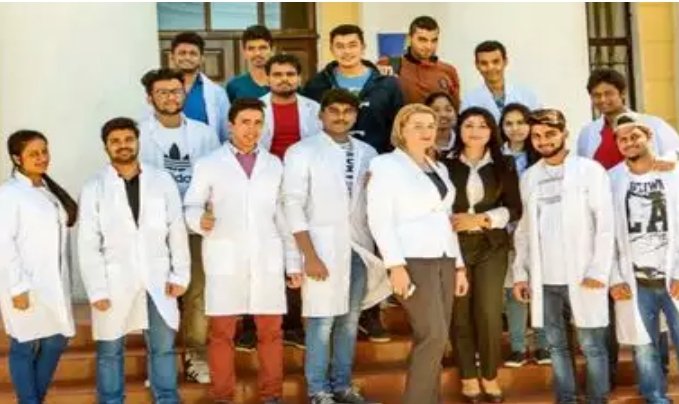The Harsh Reality of medicos studying in Foreign Universities.


Credit – Dr Karthik Balachandran
Everyone knows about the Indian students stranded in Ukraine and the efforts government is taking to bring them back. The dark truth is majority of these students are stranded in India as well ! Even in times of peace, they come back to India and work as medical officers, ICU doctors in corporate hospitals. They are captive employees, since they have not cleared the foreign medical graduate exam. This exam has a dismal pass rate of around 10 %. They have no option but to work for peanuts, until they clear the exam. They are neither “full” doctors nor students. In a sense, they are stranded medical refugees.
Now, you might think they will eventually clear the exam- but that’s far from certain. Only those who don’t/can’t get medical seat of their choice in India go to these other countries (Russia, China, Ukraine, Philippines, Georgia etc). On paper this is attractive – it is cheaper than joining private colleges here (the total education costs less than one year fees in a private college). Consequently mostly middle class guys without sufficient marks or money to buy seats here go there.
Many are bakras sacrificed at the altar of unrealistic parental dreams. The harsh fact is, a five point someone, will have it hard in medicine. Especially when it is taught in a difficult alien language, in a country where clinical exposure to real patients is minimal.The course is never entirely in English.
The primary language of instruction in Russian universities is always Russian. The secondary language (if available) might be English but at some point or the other the students will be taught in Russian. During clinical internship the students will be required to have a sound knowledge of Russian in order to interact with patients. In Russia/Ukraine emphasis is always given on their local language i.e. Russian/Ukrainian. Most of the time you will be taught in English for the first 3 years and for the remaining of the course, Russian will be the primary language of instruction. Absolutely nouno is an exception to this fact. They do teach Russian as a subject since the first year but it’s not an easy language, so the students are bound to struggle.
Half or quarter trained, they come back – only to find that being a doctor is not exactly what’s shown in the movies.
The worst part of this crisis is it is invisible. The students can neither swallow nor spit out their sorrow – for they are in a private hell, that none can see. Even social milestones like marriage get harder, especially for boys. Eventually they become broken, a pale shadow of their former selves.
If we have our Indian trained students write the same foreign medical graduate exams as exit exam, I am pretty sure a big chunk will fail. For reasons that everyone knows, but no one can talk about, most Indian students in India who buy seats, usually pass with “flying colors”.
While the Indian government can rescue our students from any war zone, as it has done so many times in the past, it cannot rescue them from their own folly and their parents unrealistic expectations. The FMG (foreign medical graduate) crisis is similar to the subprime mortgage crisis circa 2008 in the US – both precipitated by flagrant disregard to reality. In the case of medicine, a vast industry exists to exalt the white coat. People spin stories of “happily ever after”. The truth, sadly, is very different.
It’s high time, we raised awareness among parents, about this problem. Lest we forget, no one should be left stranded – abroad or here.
DISCLAIMER: The author is solely responsible for the views expressed in this article. The author carries the responsibility for citing and/or licensing of images utilized within the text.
